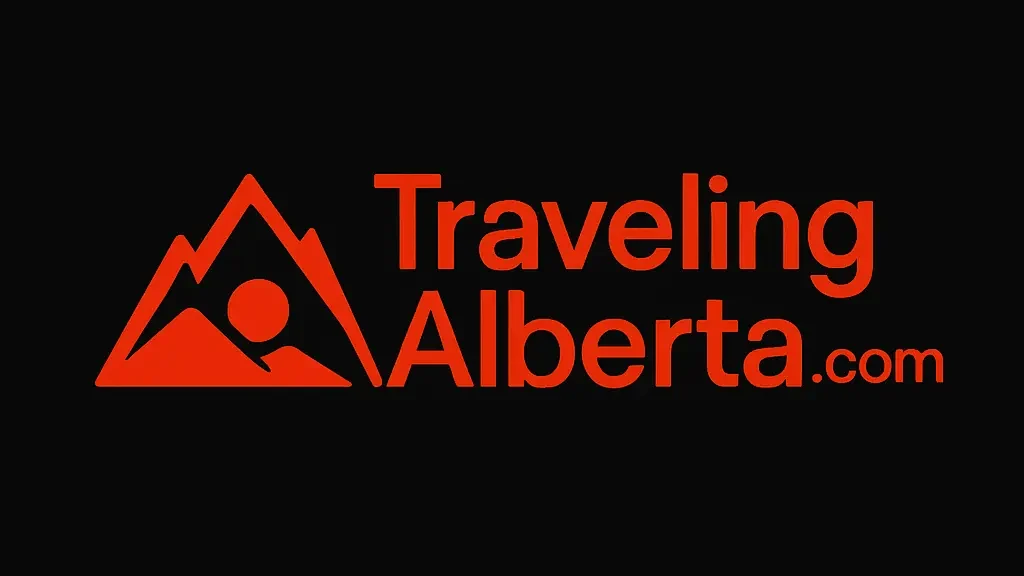Hidden in the heart of the Columbia Mountains, Glacier National Park British Columbia is one of Canada’s most underrated wilderness destinations. Established in 1886, this national park protects over 1,300 square kilometers of jagged peaks, dense forests, and ancient glaciers. Its name is no exaggeration—the park contains more than 400 glaciers, some of the oldest in North America.
Unlike the more crowded parks of Banff and Jasper, Glacier National Park offers a rugged, authentic wilderness experience. It’s a place where you can walk in the footsteps of early explorers, marvel at towering icefields, and enjoy trails that take you deep into nature’s quiet grandeur. This guide provides everything you need to plan a memorable trip—from when to visit and what to do, to where to stay and how to stay safe.
Why Visit Glacier National Park British Columbia?
There are countless reasons to put Glacier National Park British Columbia on your travel list. The park’s landscapes are both dramatic and diverse, ranging from sheer granite cliffs and glacier-fed rivers to ancient cedar-hemlock forests. Few places in the Canadian Rockies provide such a rich combination of geological wonder, ecological diversity, and historical significance.
The park’s glaciers are not just breathtaking to view—they are living reminders of the last ice age, slowly reshaping the mountains over millennia. Hiking trails lead to spectacular viewpoints where you can witness these massive rivers of ice up close. Wildlife is another draw: grizzly bears, black bears, mountain goats, marmots, and over 200 species of birds thrive in this protected ecosystem.
Glacier National Park also played a pivotal role in Canada’s history. Rogers Pass, located within the park, was a key to building the Canadian Pacific Railway and uniting the country. Today, visitors can explore remnants of this engineering feat and learn about the heroic efforts to conquer the region’s harsh conditions.
But perhaps the biggest reason to visit Glacier National Park is its sense of wildness. This is a park where nature dominates, offering solitude, adventure, and a chance to reconnect with the untamed world.
Best Time to Visit Glacier National Park
- Glacier National Park British Columbia is a destination for all seasons, but your experience will differ depending on when you go.
- Summer (July–September) is the most popular time to visit. During these months, most of the snow has melted from the trails, making it ideal for hiking and camping. Wildflowers fill the alpine meadows, and the glaciers glisten under the sun. Daytime temperatures are generally mild, but sudden storms and temperature drops can still occur at higher elevations.
- Autumn (late September–October) offers a quieter, more reflective experience. The forests display brilliant fall colors, and wildlife is often more active as animals prepare for winter. Fewer visitors mean more solitude on the trails.
- Winter (November–April) transforms the park into one of North America’s premier backcountry skiing destinations. Rogers Pass is legendary among ski tourers for its deep snow and challenging terrain. However, the season brings serious avalanche risk, so only experienced and well-prepared visitors should venture into the backcountry during winter.
- Spring (May–June) is a time of renewal. As the snow begins to melt, waterfalls roar to life, and the lower valleys start to green. However, higher elevation trails remain snowbound, limiting hiking options.
- Whenever you visit, it’s essential to check conditions and come prepared for rapid weather changes.
Top Things to Do in Glacier National Park
Hike the Illecillewaet Valley
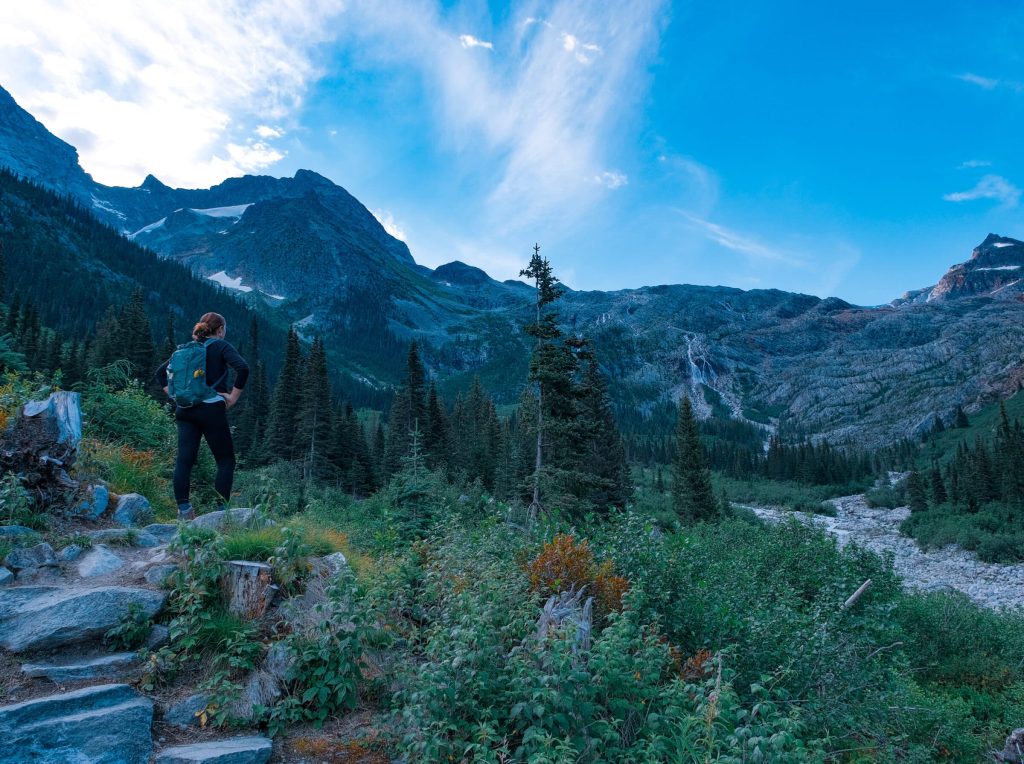
The Illecillewaet Valley offers some of the park’s most iconic and accessible hiking. This area, rich in mountaineering history, once hosted the Glacier House hotel, a base for early climbers drawn to the Selkirk Mountains.
Today, the Great Glacier Trail and Glacier Crest Trail provide hikers with stunning views of the Illecillewaet Glacier, once the most studied glacier in North America. The Great Glacier Trail is moderate, leading through old-growth forests and wildflower meadows to a glacier viewpoint. Glacier Crest is more challenging, climbing steeply to a narrow ridge with jaw-dropping vistas of glaciers and surrounding peaks.
Other must-do hikes include:
- Asulkan Valley Trail: A longer, tougher route with incredible scenery and access to the Asulkan Hut.
- Hemlock Grove Boardwalk: An easy, accessible trail through an ancient cedar-hemlock forest.
Each trail offers interpretive signs that enhance your understanding of the park’s natural history and glaciology.
Explore Rogers Pass National Historic Site
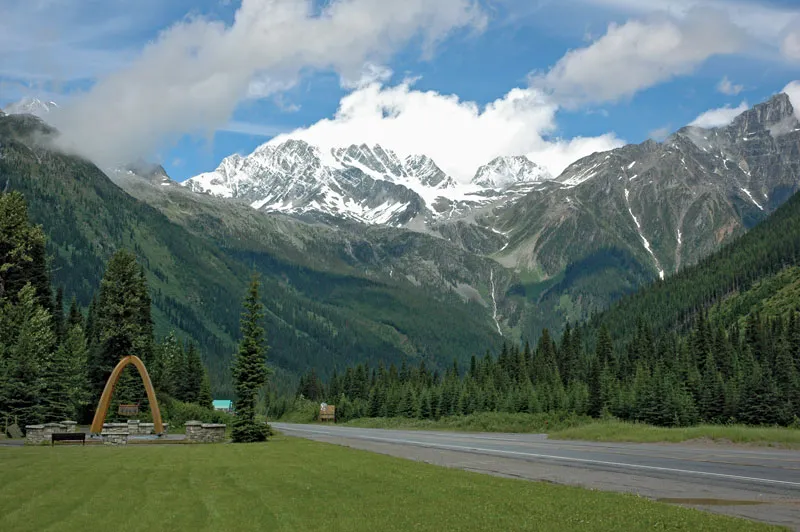
Rogers Pass is both a natural wonder and an engineering landmark. Discovered in 1881, it became the route for the Canadian Pacific Railway through the Selkirk Mountains. However, the pass was plagued by avalanches, leading to the construction of massive snowsheds and tunnels that are still visible today.
A visit to the Rogers Pass Discovery Centre is a highlight. The modern facility houses fascinating exhibits on the railway’s history, mountaineering in the Selkirks, local wildlife, and avalanche control efforts that continue to this day.
In winter, Rogers Pass is a mecca for backcountry skiing. Skiers come from across the globe to test their skills on its deep snowpack and demanding terrain. Parks Canada operates one of the most sophisticated avalanche control programs in the world here, and safety is paramount.
Backcountry Adventures
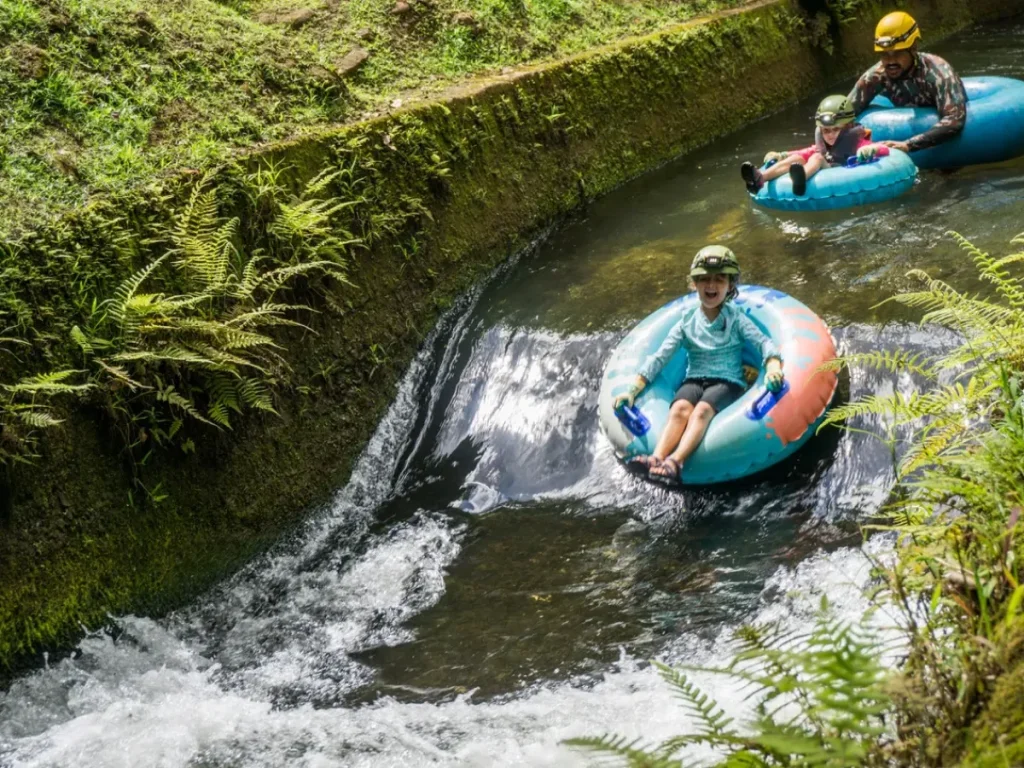

For those seeking true wilderness, Glacier National Park British Columbia offers superb backcountry camping, mountaineering, and ski touring. The terrain is challenging and remote, making it best suited to experienced adventurers.
The Asulkan Hut, operated by the Alpine Club of Canada, is a popular destination for mountaineers and ski tourers. Reaching it requires a demanding hike or ski approach, but the rewards include unmatched views and a unique high-alpine overnight experience.
Permits are required for all backcountry camping. The park’s crevassed glaciers, steep terrain, and unpredictable weather mean visitors must be self-reliant, properly equipped, and skilled in navigation and glacier travel. Hiring a certified guide is a wise choice for those without alpine experience.
Where to Stay in Glacier National Park
Frontcountry Camping
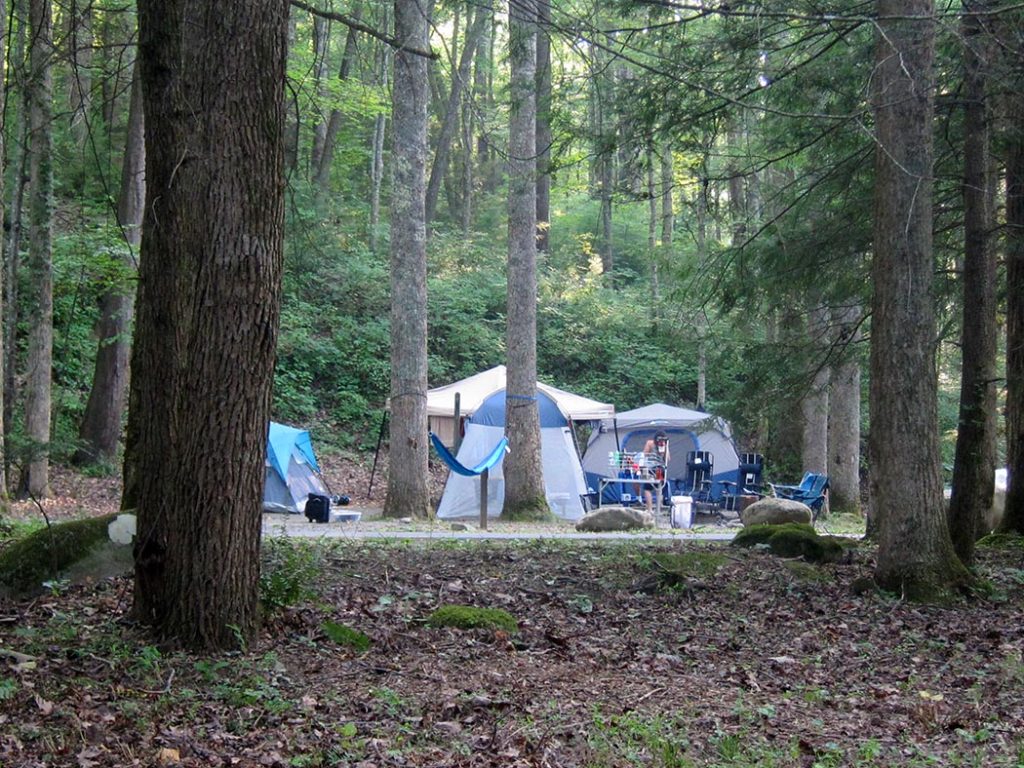
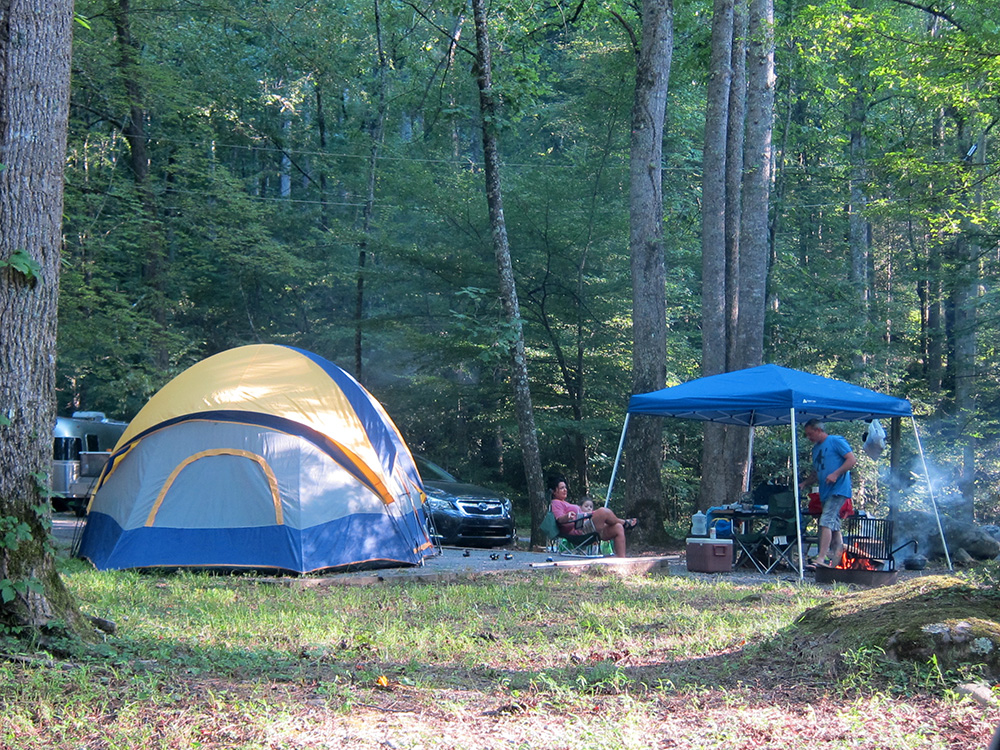
Glacier National Park offers two main campgrounds:
- Illecillewaet Campground: 60 sites near major trailheads, suitable for tents and small RVs (no hookups).
- Loop Brook Campground: Smaller and quieter, near historic railway features.
Both campgrounds have basic amenities: pit toilets, picnic tables, and bear-proof storage. They operate on a first-come, first-served basis during summer.
Nearby Lodging
There are no lodges or hotels inside the park. However, Revelstoke (to the west) and Golden (to the east) provide a variety of accommodations, including hotels, motels, hostels, and vacation rentals. Both towns also offer dining, fuel, and outdoor gear shops. Staying in these towns allows easy access to the park while enjoying modern comforts.
Essential Tips for Visiting
- Be prepared for all weather: Conditions can change rapidly. Carry layers, rain gear, and extra food and water.
- Know your limits: Trails range from easy walks to strenuous alpine routes. Choose hikes suited to your fitness and skill level.
- Bear safety: Carry bear spray, make noise on trails, and store food securely. Both grizzly and black bears are common.
- Check conditions: Especially in winter, check avalanche forecasts and road conditions.
- Leave no trace: Stay on trails, pack out waste, and minimize your environmental impact.
Getting There
Glacier National Park lies along Highway 1 (Trans-Canada Highway) between Revelstoke and Golden.
- From Revelstoke: ~45 km (45 minutes)
- From Golden: ~80 km (1 hour)
- From Calgary: ~280 km (3.5–4 hours)
Parking is available at trailheads and visitor centers. There are no fuel stations inside the park—fill up in Revelstoke or Golden.
Final Thoughts
For those seeking raw wilderness, rich history, and dramatic mountain scenery, Glacier National Park British Columbia is an unmissable destination. Whether you’re hiking to a glacier’s edge, exploring historic railway remnants, or skiing untouched powder, this park offers unforgettable experiences at every turn. Plan well, tread lightly, and let the power and beauty of this untamed landscape inspire you.
